How to use training insights to improve employee training programs

Training needs to be tailored fit to your team’s needs to become effective. If your team isn’t engaged in your training programs, it’s likely they’re not learning anything. And the way to personalize training is by using training insights. In this article, we’ll explore insight learning definitions, how to obtain insights, and most importantly how to use them to create better programs.
What are training insights?
Training insights are information, data, and knowledge obtained from the process of training. These can come in the form of learning preferences, effective teaching methods, and educational approaches your learners respond to. Data like metrics, test scores, completion rates, feedback, and completion times are also important training insights. Simply, training insights are anything that can tell you how to improve your team’s learning experience.

Training insights don’t just come out of nowhere. This information needs to be extracted and analyzed after training. So, as a training manager, it’s your job to find effective and efficient ways how to gain insight from your programs. But don’t worry, technology has advanced so that anyone can analyze and interpret meaningful data from training data easily. Tools like learning management systems (LMS) are essential for extracting insights from training data.
Try EdApp, an award-winning learning management system that provides training insights and more—all for free!
How to gather training insights
There are multiple ways to get training insights but having a process helps with making the most out of the analysis. Here’s a simple step-by-step guide on using training insights from data gathering to taking action.
Step 1: Determine goals
First, understand your objectives for both learners and managers. What are your metrics for success? What do you hope to accomplish? Here are sample questions you can ask yourself:
- Will training improve employee satisfaction?
- Are we aiming for increased completion rates?
- Do we need to boost certain skills or performance for specific tasks?
Having clear goals will help you streamline your data-gathering process, so you don’t have to go through so much data you won’t even use.
Step 2: Choose a method
Align your data gathering or analysis method with your goals. For example, if you’re looking to improve the learning experience, the best method is sending out surveys. Or, if you’re targeting completion rates, maybe learning analytics will be where you'll be looking for training insights. Here are some examples of insight-gathering methods:
- Feedback surveys
- Observations
- Learning analytics
- Assessments (through quizzes or questionnaires)
- Focus group discussions
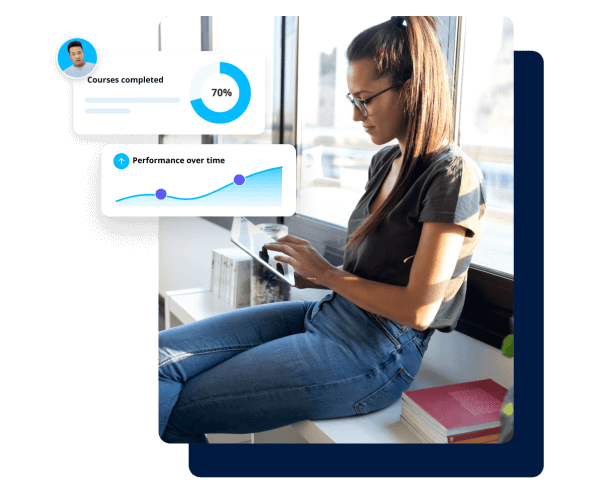
Step 3: Organize your data
Once you’ve collected your data, it’s time to collate them for easier interpretation. Using tracking tools, spreadsheets, and of course learning management systems (LMS) are the best ways to organize data. LMS in particular is a must because you can easily track different learning analytics at multiple points in training.
Step 4: Analyze the data
Now it’s time to interpret your data and training insights. One of the best places to start is by looking for patterns or trends in the information. Then, compare data with different groups of learners to identify strengths and weaknesses. When you have certain patterns identified, look for the source of these patterns. For example, if a large percentage of learners are procrastinating their courses, maybe you need to adjust submission times or deadlines.
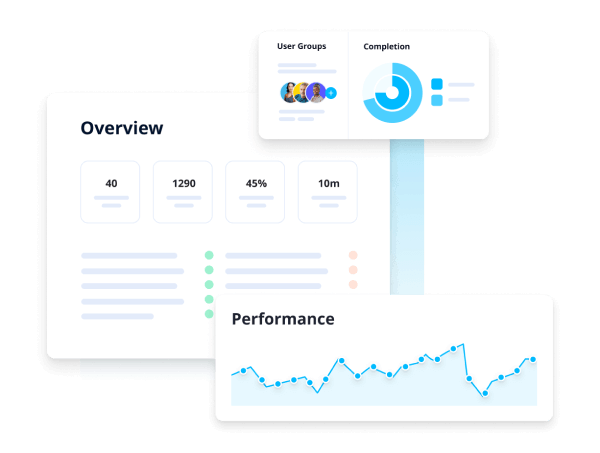
If you’re working with survey responses, identify common pain points your team has then adjust training accordingly. The reporting and analytics feature of LMS like EdApp does the interpretation for you. At a glance, you can gather insight from real-time data so you can respond quickly to your learners' needs.
Step 5: Apply your training insights
Take action with your data. Maybe it’s time to change your training curriculum or adjust the scope of your learning materials. Scheduling is also a big factor with training, so flexible deadlines might be your best option. These days mobile learning and microlearning are addressing accessibility issues for training.
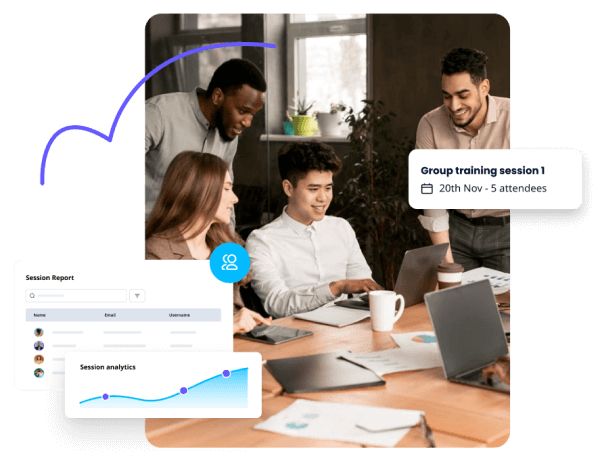
If you’re creating courses yourself, consider using course creator tools that can help you edit with ease. EdApp’s built-in creator tool has 80+ course templates and content templates you can use for all kinds of training. And when your courses aren’t working for your team, you can easily customize them to cater to specific needs, all without coding or design training.
3 best tools for collecting training insights
As we mentioned earlier, trainers can make their lives so much easier with tools that streamline everything from data gathering to execution. Here are our top three must-have tools for gathering training insights.
Training insight tool #1 - Learning Management System (LMS)
We’ll never stop talking about the need for a learning management system because it’s just the best tool a trainer could have. Most LMS are one-stop solutions for all training needs from creating learning content to monitoring progress. We’ll elaborate one by one on why it’s just the best thing to have for making the most out of training insight:
- Trackable course content: you can create learning content on the platform with built-in quizzes and assessments. Completion rates, scores, and rankings directly go to admin dashboards for real-time data tracking.
- Complete reporting and analytics: aside from tracking test scores, LMS like EdApp, for example, track overdue course percentages, inactivity, and comprehension metrics. You can even integrate with reporting and dashboard tools like Power BI and Tableau with EdApp’s public API integration.
- Adjustable learning paths: this is an underrated feature of LMS. Learners and trainers work together when creating training, so you can build a curriculum that works. Learners provide feedback then trainers create a customizable learning path based on the team’s needs.
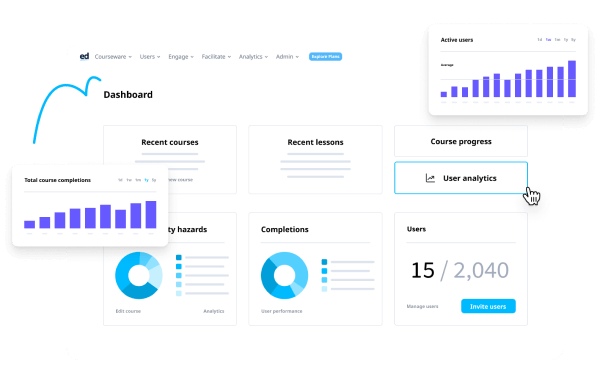
Training insight tool #2 - Survey, quizzes, and feedback tools
Feedback is going to be your main communication channel for improving all aspects of training. Having dedicated surveys, quizzes, and feedback tools like Google Forms removes the need for face-to-face meetings. It’s just so much easier. These types of tools usually allow anonymity which allows learners to be completely honest and candid about their experiences with training. Learning management systems have built-in survey tools which streamline this process even more.
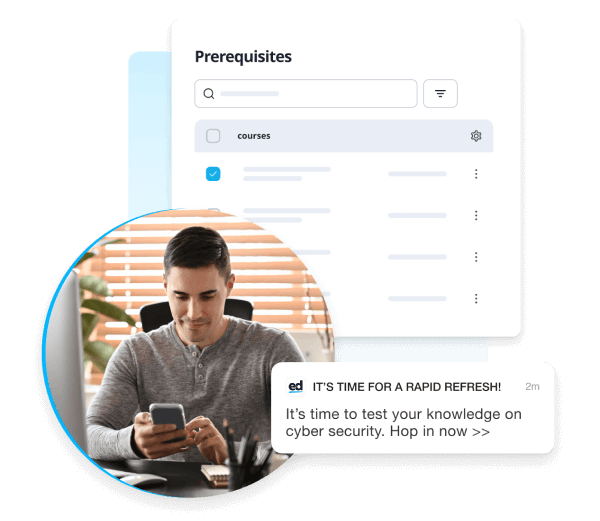
Training insight tool #3 - Collaboration and communication tools
If your team’s not already using Microsoft Teams or Slack, it’s time to bring communication tools into the mix. These tools make collaboration even easier because you can share resources and reminders all in real-time. Having communication channels open also shows you value your teams’ insight and opinions on their training experience.
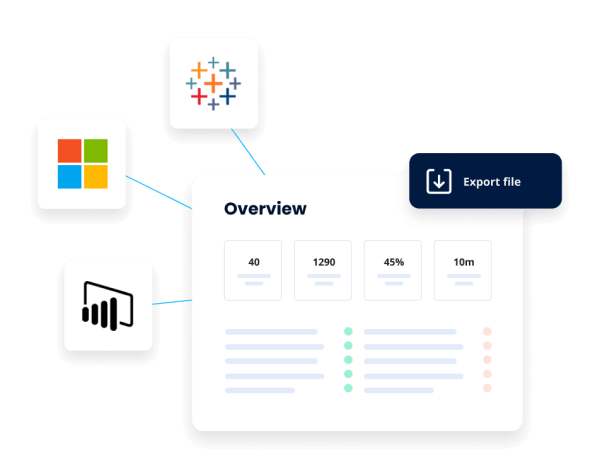
5 best ways to apply training insights
To finish off our guide, here are some additional tips to improve training sessions by applying training insights. These are some tried and tested ways to use training insights that go beyond training itself.
1. Personalize training programs
Insightful training is most effective when your teams are learning about topics relevant to them. Once you have insights into what your employees want to learn, you can easily assign them courses that they’ll be excited to use. Or, if your learners are interested in topics outside of their job descriptions, you can also add those to your team’s learning paths.
2. Evaluating trainers
Training insights also apply to trainers and L&D managers. Direct feedback from learners or employee training performance reflects how well your trainers are doing. It’s also a great way to strengthen collaboration in the workplace. So, as trainers, these insights will come in handy to improve your own processes and approaches.
3. Measuring ROI
We won’t beat around the bush, training is an investment. Company resources are used to train all employees, so training insights are a great place to track return on investment (ROI). Measuring the impact of training on the business is a great way to improve business strategies overall.
4. Improve onboarding
Onboarding is altogether a different kind of training. The needs of new hires are completely different from existing employees who want to upskill. But the feedback from existing team members will definitely impact the experience of new hires so it’s so important to gather insight with this in mind. There might be parts of the job your team members didn’t get to properly learn during onboarding. So from there, you can adjust your onboarding process accordingly.
5. Fostering a culture of learning
A learning culture promotes innovation and creativity at work. The more your employees want to grow, the more your business will thrive. With training insights, you can encourage continuous learning for everyone in your organization and possibly drive more business opportunities. It’s also just a great way to get ahead of your competition.
Gathering and applying training insights is easy with the right tools. Save time and energy with learning management systems like EdApp where the hard work is done for you.
Create better training programs with EdApp today! Sign up for free.
Author
Alec Bailon
Alec is an eLearning expert for SC Training (formerly EdApp), a pioneer LMS that designs creative mobile workplace training solutions. On the off days, they enjoy cooking, reading, or finding a live show or play to watch.
